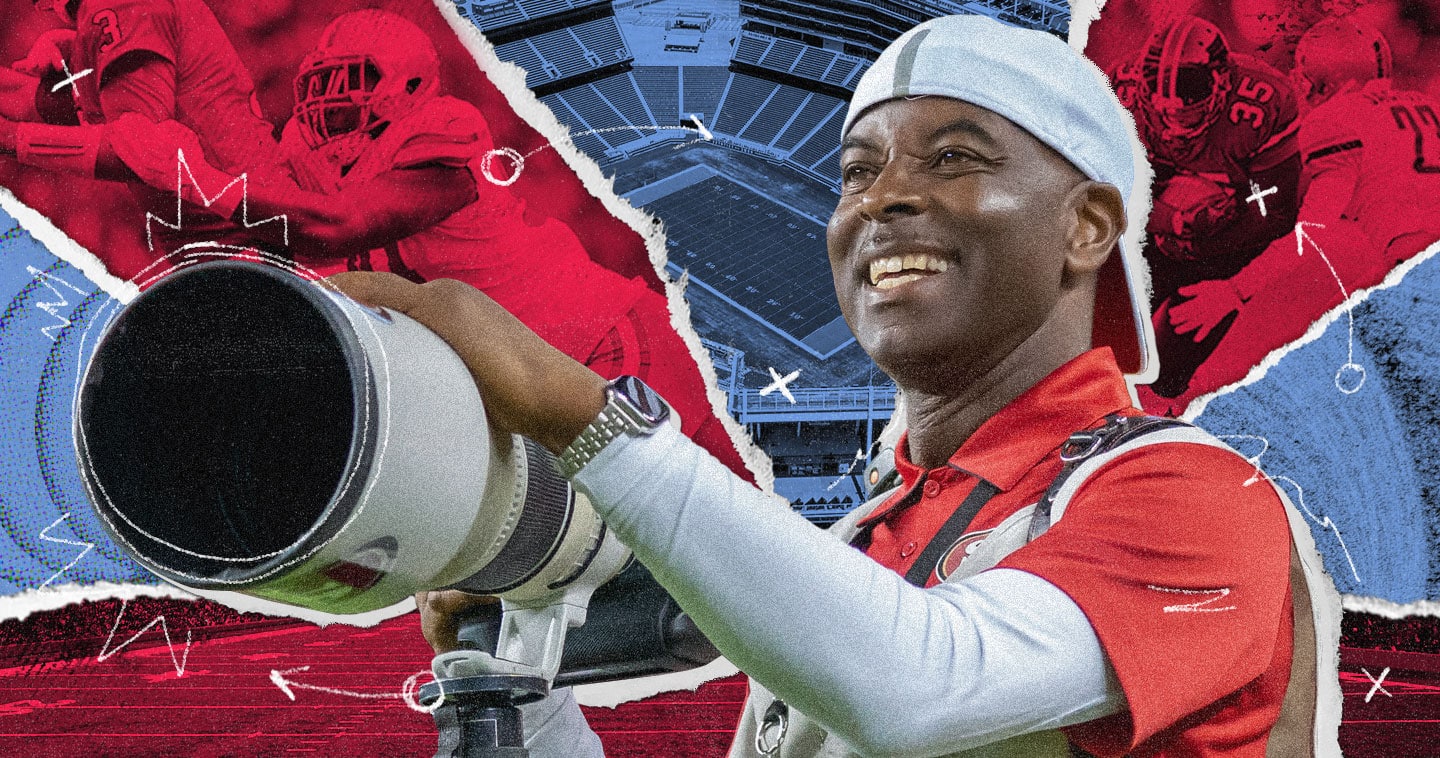Karin Werder, vice president of HDD product management at Western Digital, hated her first workplace nickname. “They called me ‘Memory Girl,’” she remembered with a sigh. But the ASIC (Application-Specific Integrated Circuit) team at Research In Motion (RIM) needed storage samples to build modules for an Intel processor and no one else wanted to procure them.
“I asked my boss, ‘Do you mind if I just do this?’” Karin said. Her manager approved and the ASIC team bestowed her with a fateful nickname. “Everyone knew that if you needed something memory-related, you went to Karin.”
While the nickname eventually faded, everyone still knows – if you need something memory-related, you go to Karin. In the two decades since volunteering to complete an unpopular engineering task, she has amassed a diverse catalog of memory design for successful and even groundbreaking products. Her dogged pursuit of cutting-edge storage solutions has contributed to both industry standards and culture-shifting technology. Take her internship at Research In Motion, a 200-person startup when she began in 1998 and an iconic 16,500-person brand by the time she left in 2012. Over fourteen years, she worked her way up from intern to director of memory development for the company’s key product, a technology now referred to as “a cultural touchstone” and “an era” that “changed everything” – the BlackBerry.
When Research In Motion released the BlackBerry in 1999, there was nothing quite like it on the market. The smartphone offered handheld, low-power email capability, a windfall for lawyers and businessmen in need of fast, remote communication. But its greatest strength was its singular OS, which garnered media attention for aiding NYC’s 9/11 emergency response when other phones stopped working.
BlackBerry’s OS enabled a more efficient method of data transfer than phones that relied on immediate storage within local communication systems. The OS afforded these unique security requirements and response times because of high-capacity NAND, the first of its kind to be embedded in such a complicated, portable communication device. This achievement was made possible by resident Memory Girl, Karin Werder.
Memory procurement was seen as less technical than other engineering tasks and therefore an undesirable role, but it was not any less difficult. Solving one problem meant uncovering the next, ad infinitum. “Every time I needed something new in order to make the memory design better I just did it,” she said. But “just doing it” was a massive feat.
To elaborate, upon selecting memory components, she found manufacturing discrepancies that required thorough validation. Upon creating and managing a validation team, she discovered they needed to switch from NOR to NAND, which had never been used in this kind of product – such uncharted territory they’d need to set a new industry standard with JEDEC, semiconductor standardization body for electrical engineers worldwide, the kind of barrier one might consider a dead end.
But Karin, in typical fashion, just did it. She joined JEDEC.
Over the next months Karin began regularly participating in their meetings, campaigning for a new embedded flash spec and eventually chairing a subcommittee that helped develop this spec: first, the eMMC 4.41, and a later update, the eMMC 4.5.
These specs outlined the features necessary for high-capacity NAND storage to run in mobile phones. Publishing them forced the market to develop accordingly. This was a major home run for RIM, who could now select from multiple memory providers competing to engineer the best product rather than individually commission the flash. But it was also a homerun for the burgeoning smartphone industry, which reaped the same benefits of this new memory selection.
Karin ascribes her success to doing the things no one else wants to do, making room for her colleagues to focus on their specialties, in turn elevating the whole team’s performance. “I just always want to learn something new. I don’t like to work on the same thing over and over again.” This desire to learn served as a North Star when she sensed it was time for a new chapter.
Though working at RIM was the experience of a lifetime, Karin knew she would eventually return to school for a business degree. Torn between the industry and the classroom, her husband suggested, “Let’s revisit this on a yearly basis. On a year when you’re not learning more at RIM, why don’t you go do your MBA?”
That year was 2012.
Ten years later and IoT devices around the world still rely on the eMMC 4.5. Embedded flash is no longer a competitive technology but a prerequisite for smartphones. Karin has an MBA from the Northwestern Kellogg School of Management a monumental roster of trailblazing storage products.
After graduating she began directing product management for SanDisk, where she applied both her career experience and business education to innovating embedded flash. She spearheaded the first eMMC product for automotive and the first embedded TLC (3-bit flash cell) product for mobile, once again setting market-shifting standards. At present, the average car uses 3-4 TB of storage per day. Over half of all smartphones run on TLC NAND.
When Western Digital acquired SanDisk in 2016, Karin architected the product roadmap for the freshly merged portfolio. Hungry for a new challenge, she embarked on her greatest adventure yet in 2019: directing product management for HDD.
“HDD is the coolest piece of technology I have ever worked on.” She loves how it draws from every engineering field. “There’s mechanical, there’s chemical, there’s firmware, algorithms, silicon. They all come together to make an HDD.” Vertical integration positions Western Digital for free collaboration between these groups, opening new possibilities to scale HDD tech.
Karin offers OptiNAND architecture as a prime example of these benefits. “We have a nine-disk design when all of our competition is on ten disks. But we reach the same capacity point.” Vertical integration across both flash and HDD technology make Western Digital an exciting place to explore hyperscale data products. “We’re leaders,” she explained. “If you list the top companies in the world, they’re all our customers. It’s exciting to work with those teams to understand their problems.”
These problems are changing rapidly as data explodes. In the past two years alone, we generated over 90% of all data in human record. Once again, Karin has found herself at an important turn in storage history. “It reminds me of the early days of BlackBerry. There’s so much to do and so many positive things that can happen.”
The atmosphere is electric. She is back in student mode, troubleshooting multidiscipline storage questions of increasing complexity. “As much as the industry likes steadiness and predictability, there’s so much opportunity in change.”
Karin is living proof.



